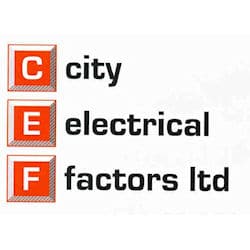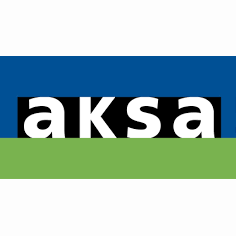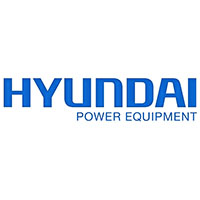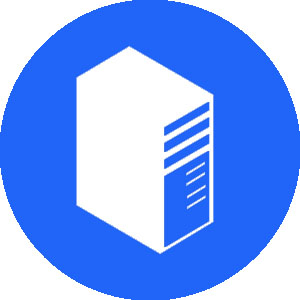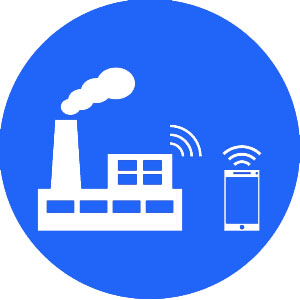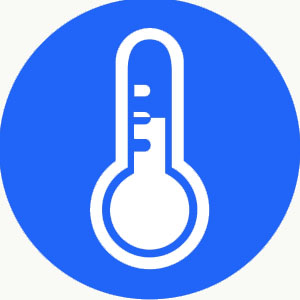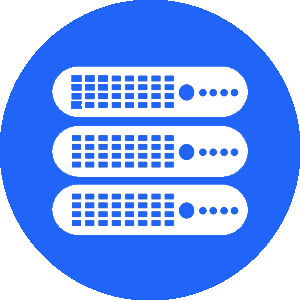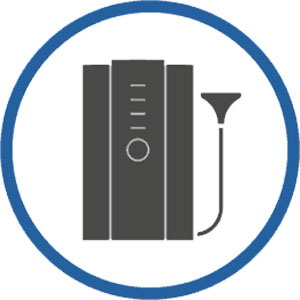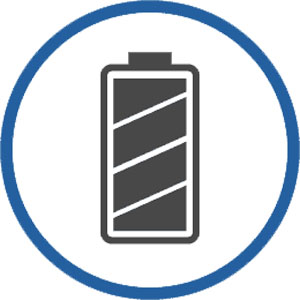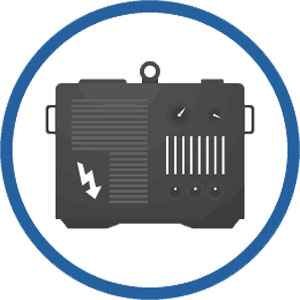Buying Guide: What Type of Diesel Generator Do I Need?
Many of the enquiries and requests for information that we receive are from IT managers seeking advice about generators. The purpose of this article is to summarise some of the key issues to be considered when choosing a generator and to clear up many of the misunderstandings that so obviously exist. UPS System plc have a range of diesel generators available including AKSA generators, Hyundai generators and Pramac generators.
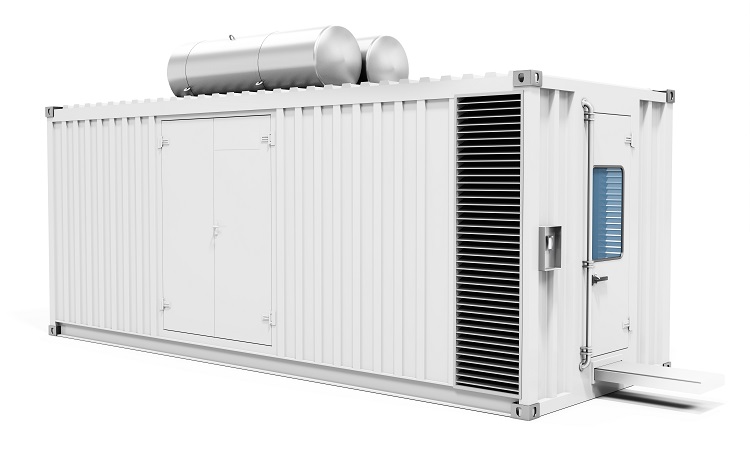
Standby generators for IT
From the perspective of supporting IT systems, the type of generator required will normally be a relatively small standby generator as opposed to much larger systems necessary to provide prime power or whole-site standby power.
IT systems can be supported from a large generator that also supplies other building facilities or industrial systems. However, if there are large inductive loads such as electric motors found in lifts or large industrial machinery being supported by the generator, there can be problems.
Get in touch to discuss your diesel generator requirements
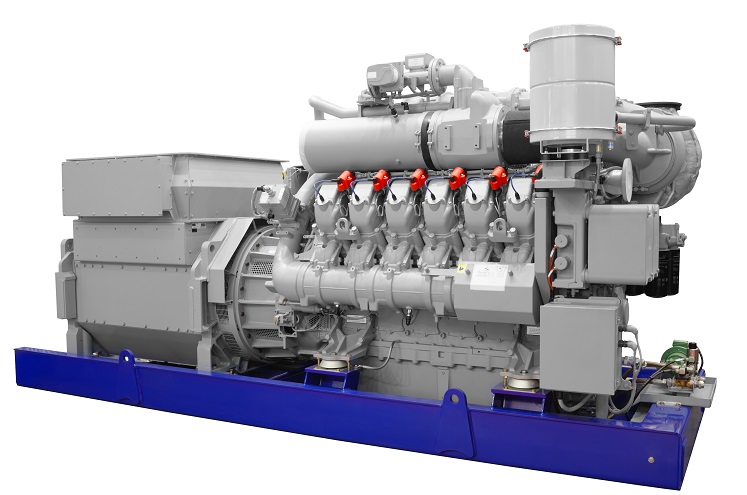
As the large electrical demands cut in and out the power supplied to the UPS will contain sags and surges. The UPS is designed to ‘clean’ the power before allowing it to reach the critical systems. However, if these anomalies are too severe, the UPS will take back the load. Another effect will be that as each heavy load starts or stops, the generator will adjust. As it adjusts, it may go beyond the UPS frequency tolerance, forcing the UPS to take back the load until its supply stabilises.
This unstable electrical supply can cause the UPS to constantly cut in and out until its batteries become exhausted. Using a smaller standby generator dedicated to IT systems will solve these potential problems.
Types of generator
Modern generators are often turbocharged, smaller, less expensive, more efficient than older models, and capable of supplying up to 100% load within only a few seconds. A wide choice of fuel is available.
Diesel generators are the most commonly installed. The fuel is usually chosen for its low flammability and stability over time. Also, when considering capital expenditure, diesel-powered products are usually the most cost effective.
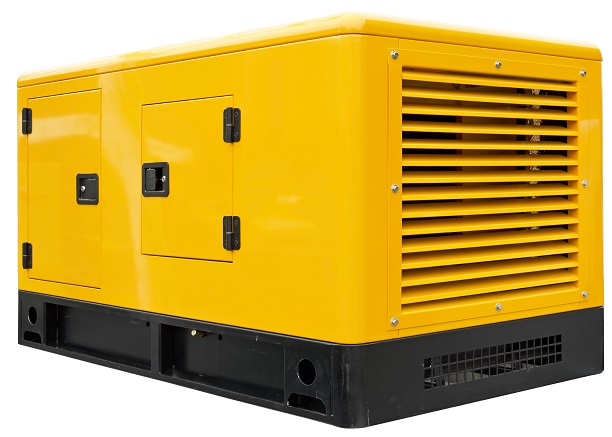

Natural gas is a regularly used alternative where available, although the engine will be needed to be larger than a diesel equivalent to compensate for the lower calorific value of gas compared with petrol or diesel. An advantage of installing a natural gas generator is that it will not require a fuel tank. The runtime will not be a problem since the fuel will be coming from the gas main.
The disadvantages are that if a gas main of sufficient size is not already in place, laying one could be expensive; also, should the mains gas supply be interrupted, the situation is beyond your control.
Where it’s difficult to situate an oil tank nearby and natural gas is not an option, bottled gas is an alternative.
Petrol is rarely used, except in very small generators, owing to its volatile nature and tendency to degrade when stored. Aviation fuel can also be used for gas turbine powered generators.
The disadvantages associated with all generators include their weight, troublesome noise, heat and exhaust fumes.


Weight
Generators are heavy. A 100kVA generator will weigh approximately 1.7 metric tonnes. This is before the weight of the fuel. The size of the fuel tank can vary depending on application and need, but a good weight approximation is to allow one kilo per litre of diesel.
The installation position is, therefore, important. If the chosen site is at ground level, for instance, the car park, weight is not a problem. If however the installation site is within a building, or on the roof, the load bearing capabilities of the structure will need to be ascertained.
If considering installing either within the fabric of the building or on the roof, the problem of refuelling should also be considered.
Exhaust, noise and heat emissions
All internal combustion engines produce carbon monoxide (CO) emissions and noise. Exhaust gases will have to be vented, and best practice is for this exhaust pipe to be of less than 10 meters in length. The exit point should be away from windows and other air intake points.
Noise can be attenuated to an acceptable level for use outdoors by the use of acoustic hoods and to a lesser degree, weather-proof enclosures. Catalytic converters can be installed within the silencers of diesel generators. This will help to reduce both chemical and noise pollution. Because these converters themselves operate between 200º C to 300º C, they themselves will have to be thermally insulated.
Generators are usually air cooled; because of this, it may be necessary to install forced cooling and ventilation within the generator’s immediate environment.


Parallel-capacity
Parallel-capacity is the arrangement of generators whereby two or more units are connected in parallel. On demand they will start, synchronise, and share the load equally. Because both generators are required to support the load, if one should fail, the other will not have sufficient capacity. The UPS will take back the load and when the batteries become exhausted, shut down.
Parallel redundancy (N+1)
Parallel redundancy involves duplicate equipment fulfilling the same role. The purpose of parallel redundancy is to ensure that if one part of your standby power system is not working, the remaining can adequately cope with the electrical demand.
This type of configuration is employed at the highest level of business continuity when having your critical systems shut down is not an option. On demand, both generators start. They synchronise and then share the load equally. Should only one of the generators start, the other is capable of supporting the whole load.
An added advantage of having N+1 is that either generator can be taken out of service for routine maintenance, without losing generator backup. Although we have discussed N+1 the same principles apply for N+2 & N+3 etc. N+2 refers to having two generators in reserve; N+3, three in reserve etc.


Summary
In summary, a dedicated IT standby generator is preferable to a larger shared generator. For critical IT systems parallel redundancy is the safest option and a maintenance contract with load bank testing and will give peace of mind and may avert a serious problem
Our Clients



